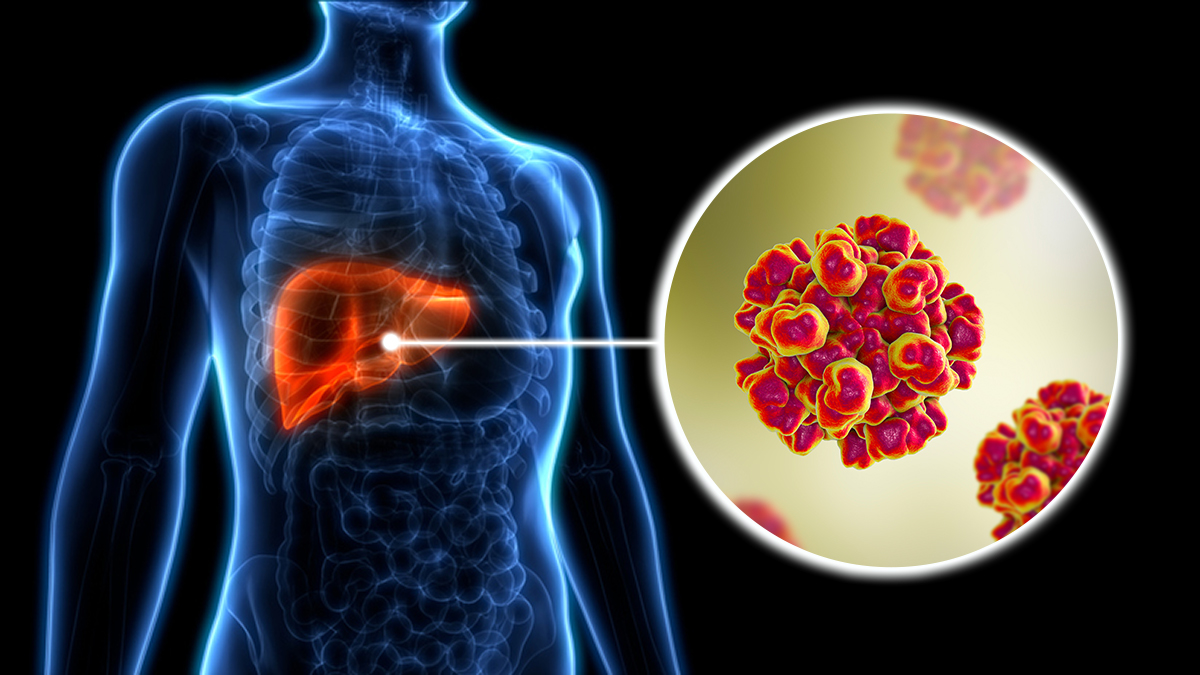Key points
- Hepatitis E is a liver infection caused by the hepatitis E virus (HEV).
- Hepatitis E is common in many parts of the world where sanitation is poor.
- Most people recover fully from hepatitis E without any complications.
- Hepatitis E can only be diagnosed with laboratory tests.

About hepatitis E
Hepatitis E is a liver infection caused by HEV. Most people with hepatitis E fully recover and have no long-term liver problems from their infection.
Hepatitis E is common in many parts of the world where sanitation is poor. It is not common in the United States, where people have access to clean drinking water. Most cases in the US involve people who have recently traveled to countries where hepatitis E is common.
Types
Most people fully recover from acute hepatitis E without any complications. In rare cases, some people with compromised immune systems develop chronic hepatitis E.
Signs and symptoms
Many people with hepatitis E, especially young children, do not have any symptoms. Others may experience one or more of these symptoms:
- Dark urine or clay-colored stools
- Feeling tired
- Fever
- Joint pain
- Loss of appetite
- Nausea, stomach pain, throwing up
- Yellow skin or eyes (jaundice)
If symptoms occur, they usually appear anywhere from 2 to 6 weeks after exposure to HEV.
At-risk populations
Travelers to areas of the world with poor sanitation are at greatest risk for getting hepatitis E. Certain populations are at risk for more severe outcomes due to hepatitis E, such as long-term liver problems and liver failure, including:
- Pregnant people.
- People who have had solid organ transplants.
- People with compromised immune systems.
How it spreads
HEV is found in the stool of people infected with the virus. It's spread when someone unknowingly ingests the virus — even in microscopic amounts.
In countries with poor sanitation, people most often get hepatitis E from drinking water contaminated by feces from people who are infected with the virus. In the US and other countries where hepatitis E is not common, people have gotten sick with hepatitis E after eating raw or undercooked pork, venison (deer), wild boar meat, or shellfish.
Prevention
No vaccine is available in the US to protect against hepatitis E. However, you can lower your risk for HEV infection by drinking only purified water when visiting countries where hepatitis E is common and by avoiding raw or undercooked pork, venison, and wild boar meat.
